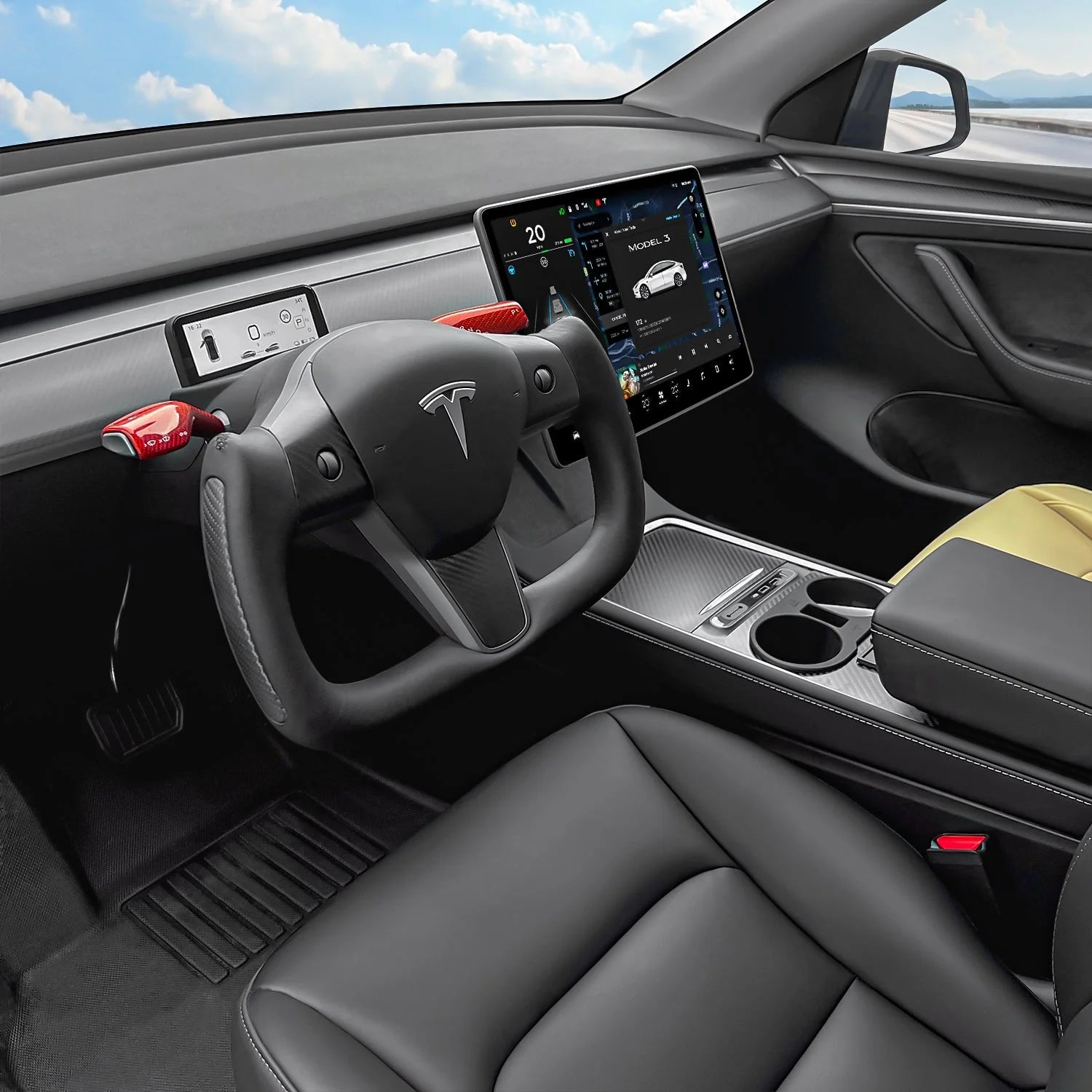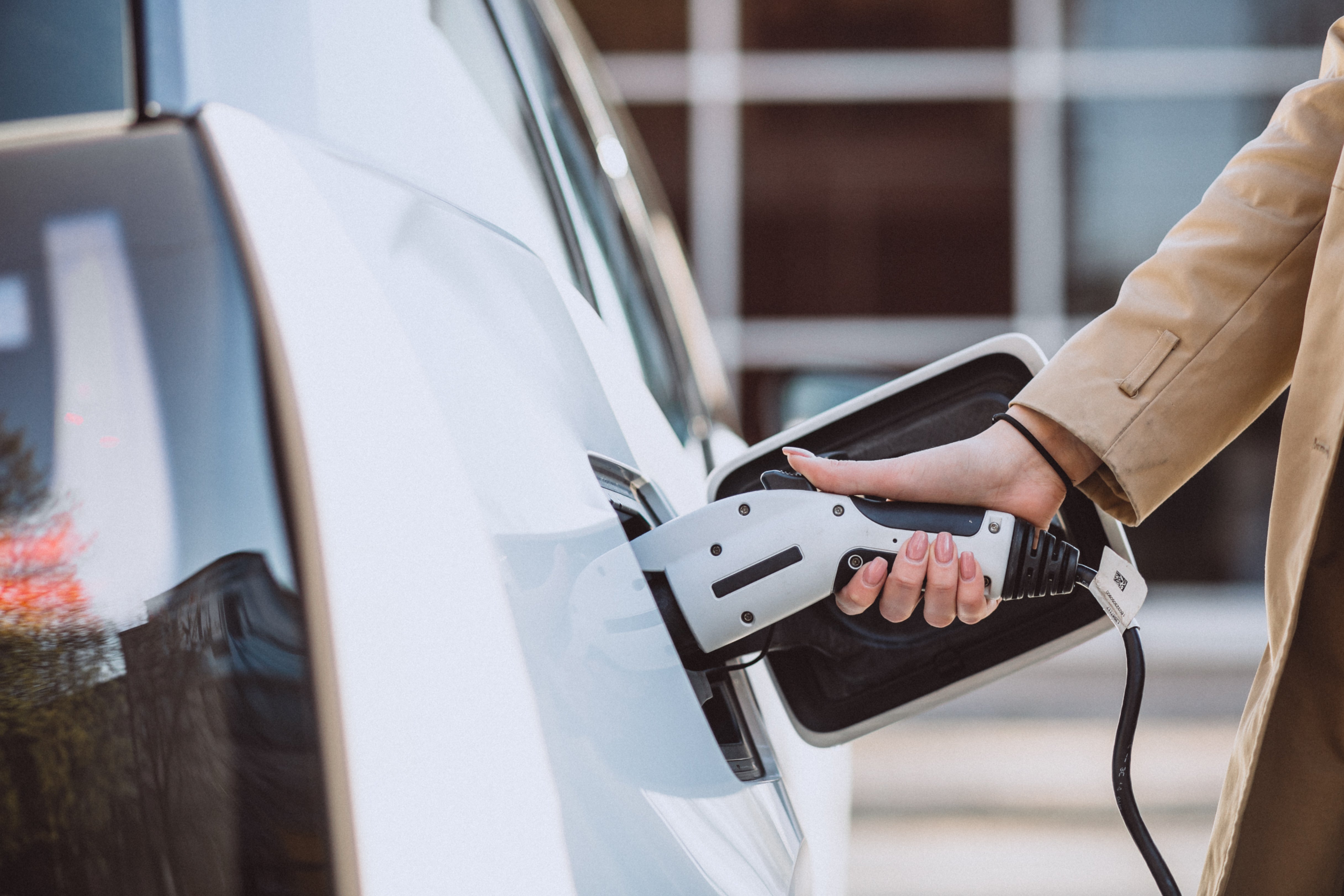Обновлено: 14.05.2025
С ростом числа покупок электромобилей понимание принципов работы системы зарядки становится крайне важным как для новых, так и для опытных владельцев электромобилей. Зарядные кабели для электромобилей различаются по многим параметрам, включая функции безопасности, скорость зарядки, тип разъема и совместимость. В этой статье мы углубимся в мир электромобилей и их зарядных кабелей, рассмотрим ключевые различия и расскажем, как выбрать подходящий кабель для вашего автомобиля.
Типы кабелей для зарядки электромобилей
Понимание типов кабелей для зарядки электромобилей — первый шаг к принятию обоснованного решения. Разные кабели предназначены для конкретных целей, и не все из них подходят для этих целей. кабели для зарядки электромобилей являются взаимозаменяемыми.
Понимание различий между типами кабелей для зарядки электромобилей — первый шаг к принятию обоснованного решения. Важно знать, что не все кабели для зарядки электромобилей взаимозаменяемы и что разные провода предназначены для конкретных целей.
Зарядные кабели типа 1
Зарядные кабели Type 1 могут обеспечивать зарядку переменным током мощностью до 7,4 кВт. Они в основном используются в некоторых регионах Азии и Северной Америки, где Type 1 является стандартом. Кабели Type 1 и Type 2 поддерживают зарядку переменным током — так называемую медленную зарядку.
Зарядные кабели типа 2
Зарядные кабели Type 2 обладают трехфазной возможностью, обеспечивая подачу мощности до 22 кВт. Type 2 — это стандарт для автомобильных зарядных кабелей в Европе. Разъем универсален и является идеальным решением для зарядки большинства владельцев электромобилей благодаря поддержке широкого диапазона скоростей зарядки — от медленной домашней зарядки до быстрой зарядки на общественных зарядных станциях. Конструкция кабеля Type 2 включает в себя механизм блокировки. Это повышает безопасность и предотвращает случайное отсоединение.
CCS
Система CCS (Combined Charging System) позволяет заряжать как переменным, так и постоянным током, поскольку добавляет два контакта постоянного тока к разъему Type 2. CCS обеспечивает более быструю зарядку по сравнению со стандартными зарядными устройствами переменного тока. Это объясняется возможностью подачи мощности до 350 кВт. Водители электромобилей, которым необходима быстрая зарядка, высоко ценят двойные возможности CCS. Растущее число станций CCS по всей Европе свидетельствует о растущей популярности этой системы, которая останется единственным официальным стандартом в Европе и одной из лучших систем зарядки в будущем.
CHAdeMO
CHAdeMO — это стандарт быстрой зарядки, использующий специальный разъем, в отличие от CCS. Его используют японские электромобили, например, некоторые модели Nissan и Mitsubishi. Кабели CHAdeMO могут заряжать постоянным током со скоростью до 100 кВт. Разъемы CHAdeMO все еще можно найти на некоторых общественных зарядных станциях, но они не так популярны, как CCS.
Тесла нагнетатель
Сеть Supercharger была создана с расчетом на работу исключительно с автомобилями Tesla и использует фирменные разъемы собственного производства Tesla. Стационарные станции предлагают одни из самых высоких скоростей зарядки в отрасли, обеспечивая пиковую мощность до 250 кВт для быстрой подзарядки. Владельцы Tesla также могут использовать адаптеры для сетей Type 2 или CCS. Таким образом, они могут легко подключать свои автомобили к зарядным станциям в любом месте. Европейская сеть Tesla Supercharger использует стандарт CCS2 и открыта для других автомобилей, за исключением Болгарии и Сербии.
Американская станция быстрой зарядки Tesla Supercharger использует стандарт NACS. NACS (North American Charging Standard) — это стандартизированная система зарядки электромобилей (EV), разработанная для оптимизации и улучшения зарядной инфраструктуры по всей Северной Америке. Она обеспечивает унифицированную конструкцию разъема, поддерживающую как переменный, так и постоянный ток, что делает ее более универсальной для различных зарядных станций и упрощает процесс зарядки электромобилей. Стандарт NACS разработан компанией Tesla и в ближайшем будущем станет стандартом зарядки для Северной Америки.
Влияние различных типов зарядных кабелей для электромобилей на их характеристики.
Тип Кабель для зарядки электромобиля влияет на скорость зарядки, эффективность, состояние батареи и безопасность.
-
Скорость зарядки:
- Тип 1 и Тип 2 (зарядка от сети переменного тока): Более медленный темп, идеально подходит для домашнего использования.
- CCS и CHAdeMO (быстрая зарядка постоянным током): Быстрый способ пополнения счета.
- Суперзарядная станция Tesla (NACS/CCS2): Сверхбыстро для автомобилей Tesla.
- Энергоэффективность: Высококачественные кабели минимизируют потери энергии и перегрев.
- Состояние батареи: Частые быстрые зарядки (CCS, CHAdeMO) выделяют тепло и могут сократить срок службы батареи, в то время как зарядка переменным током более щадящая.
- Безопасность: Такие функции, как автоматическая блокировка и терморегулирование, повышают надежность.
- Совместимость: Использование подходящего кабеля обеспечивает эффективную зарядку; адаптеры могут помочь, но могут снизить эффективность.
Правильный выбор кабеля оптимизирует скорость зарядки, эффективность и срок службы батареи, обеспечивая при этом безопасность и удобство.
Основные различия между кабелями для электромобилей
Вот основные различия между кабелями для электромобилей.
Тип разъема
Кабели для зарядки электромобилей в некоторых случаях имеют разные разъемы. Хотя за пределами Европы чаще встречаются разъемы Type 1 и CHAdeMO, последние два типа обеспечивают гораздо более быструю зарядку, поэтому они стали доминирующими на территории Европы.
Скорость сопряжения
Разные электромобили заряжаются с очень разной скоростью. Кабели типа 1 (также известные как J1772) используются для медленной зарядки переменным током, в то время как эта сторона соответствующего разъема разъема типа 2 может обеспечивать быструю зарядку постоянным током через CCS. CHAdeMO может быть подключен как к портам T1, так и к портам T2.
Совместимость
Кабели, вероятно, не совместимы со всеми зарядными станциями, особенно в этом районе и для этого типа транспортных средств. Именно поэтому перед покупкой кабеля для электромобиля необходимо подтвердить технические характеристики вашего автомобиля.
Дизайн
Кабели различаются по конструкции, используемым материалам, а некоторые из них также оснащены интеллектуальными механизмами безопасности, такими как автоматические защелкивающиеся разъемы или термостойкие материалы, что делает их безопасными для использования во время зарядки.
Как выбрать подходящий кабель для зарядки электромобиля?
Выбор подходящего зарядного кабеля для электромобиля включает в себя учет нескольких факторов, обеспечивающих идеальную зарядку и подключение.
Оценка ваших потребностей в зарядке и скорости зарядки
Перед покупкой кабеля подумайте, где вы будете чаще всего заряжать свой электромобиль. Кабель переменного тока — например, Type 1 или Type 2 — хорошо подходит для обычной домашней зарядки. Также учтите мощность встроенного зарядного устройства вашего электромобиля — покупать кабель с более высокой скоростью зарядки, чем может обеспечить ваш автомобиль, бессмысленно.
Как обслуживать кабель для электромобиля?
Вот лучшие практики для продления срока службы зарядные устройства для электромобилей:
- Плановый осмотр: Периодически осматривайте кабель на предмет признаков разрушения материала, износа изоляции или истирания. Поврежденные кабели представляют серьезную угрозу безопасности.
- Правильно храните: не допускайте их болтания. Храните кабель таким образом, чтобы влага не попадала внутрь и не повреждала разъемы. Также можно защитить кабель, храня его в чехле.
- Избегайте сгибания: не сгибайте кабели слишком сильно, так как это также создает дополнительную нагрузку. Закрепите кабель стяжками в небольшие петли.
- Поддерживайте чистоту разъемов: Регулярно очищайте разъемы, чтобы обеспечить надежное соединение. Плохой контакт не только снизит эффективность, но и повредит зарядный порт вашего автомобиля из-за скопления пыли и мусора.
Как владельцы электромобилей могут обеспечить совместимость своего автомобиля с имеющимися общественными зарядными станциями?
Владельцы электромобилей могут выполнить следующие шаги, чтобы убедиться в совместимости своего автомобиля с общественными зарядными станциями:
- Проверьте зарядный порт: Определите, использует ли ваш электромобиль зарядные устройства типа 1, типа 2, CCS, CHAdeMO или NACS (Tesla), чтобы подобрать для него подходящие зарядные устройства.
- Используйте приложения зарядных сетей: Такие платформы, как PlugShare, ChargePoint и Electrify America, показывают совместимые станции в зависимости от модели вашего электромобиля.
- При необходимости возьмите с собой переходники: Владельцам Tesla может потребоваться CCS или адаптеры типа 2При этом пользователям CHAdeMO могут потребоваться дополнительные разъемы.
- Подтвердите скорость зарядки: Убедитесь, что мощность зарядной станции соответствует мощности встроенного зарядного устройства вашего электромобиля, чтобы избежать неэффективности.
- Проверьте требования к оплате и доступу: Для доступа к некоторым станциям требуется членство, RFID-карты или мобильные приложения.
- Ищите станции Universal: Многие общественные станции поддерживают несколько стандартов зарядки, но предварительная проверка позволяет избежать проблем.
Проверив эти факторы, владельцы электромобилей смогут эффективно заряжать свои устройства, не сталкиваясь с проблемами совместимости.




